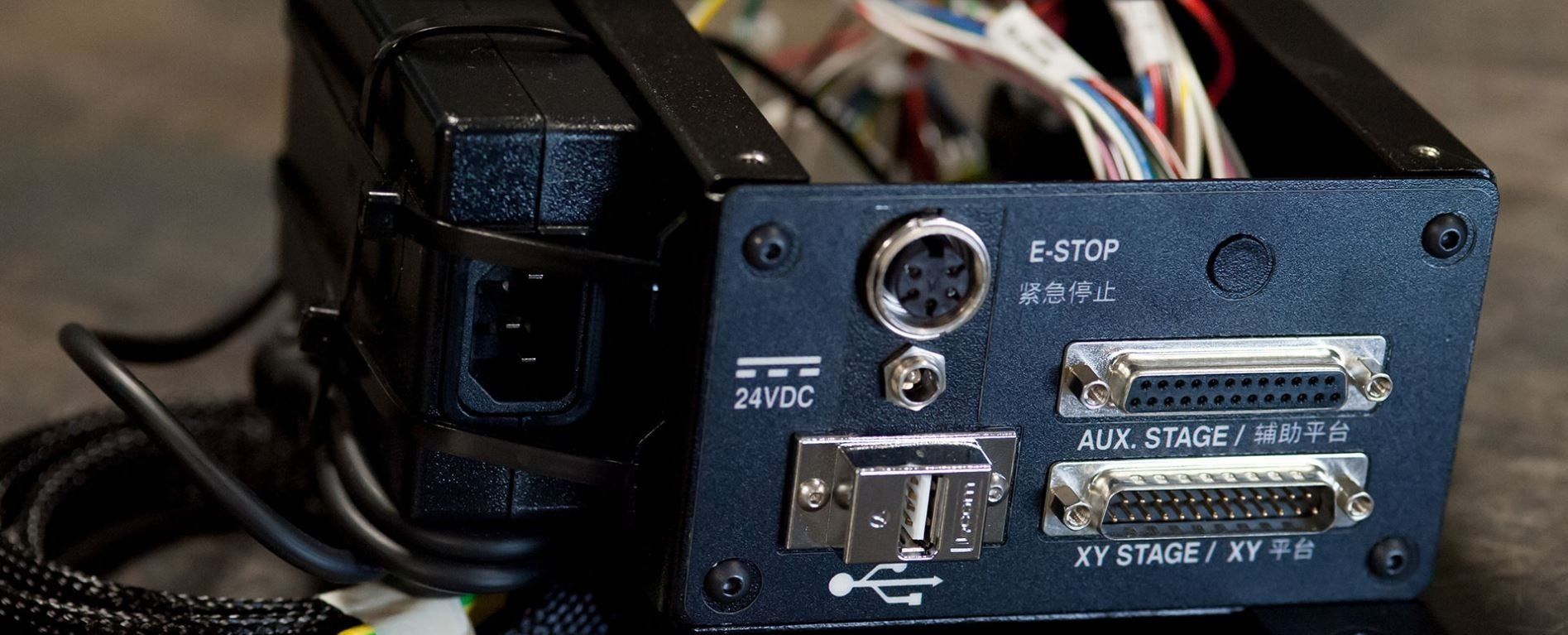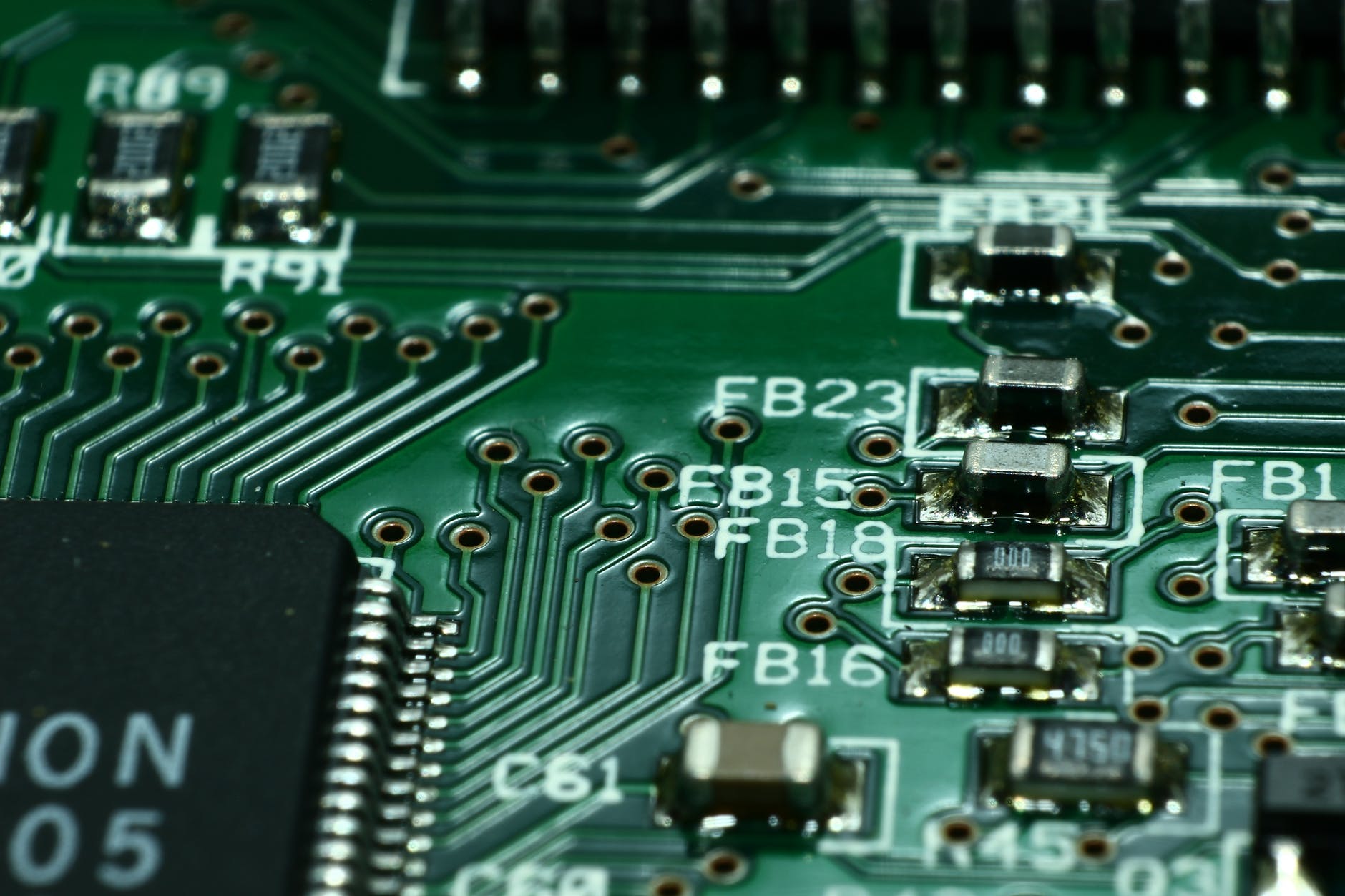Emerging Trends in Electronics: Shaping the Future
The electronics industry is rapidly evolving, driven by technological advancements and changing consumer needs. Here are some emerging trends that are set to shape the future:
1. The Rise of Electric Vehicles
Electric vehicles (EVs) are gaining popularity, driven by environmental concerns and government incentives. EVs offer a cleaner, more sustainable alternative to traditional gasoline-powered vehicles. Key developments in the EV space include:
- Advancements in Battery Technology: Improved battery life, range, and charging speed are making EVs more practical for everyday use.
- Expansion of Charging Infrastructure: Governments and companies are investing in charging infrastructure, making it easier to own and use an EV.
- Increased Model Options: More automakers are launching EV models, offering consumers a wider range of choices.
2. Advancements in Printed Electronics
Printed electronics involve using printing techniques to create electronic devices and components. This technology has the potential to revolutionize various industries, including:
- Wearable Technology: Printed electronics can be used to create flexible, wearable devices that track vital signs and monitor health.
- Flexible Displays: Printed electronics can enable the creation of flexible displays that can be used in a variety of applications, from smartphones to wearables.
- Biomedical Devices: Printed electronics can be used to create implantable devices that monitor and treat medical conditions.
3. 3D Printing Technologies
3D printing, also known as additive manufacturing, is transforming the way we design and produce products. Key developments in 3D printing include:
- Increased Speed and Accuracy: Advances in 3D printing technology are enabling faster and more accurate production of complex parts and products.
- New Materials and Applications: Researchers are developing new materials and applications for 3D printing, including biomedical devices and aerospace components.
- Customization and Personalization: 3D printing enables the creation of customized products tailored to individual needs and preferences.
Conclusion
These emerging trends are set to shape the future of the electronics industry, enabling new applications, products, and experiences. As technology continues to evolve, we can expect even more exciting developments in the years to come.








